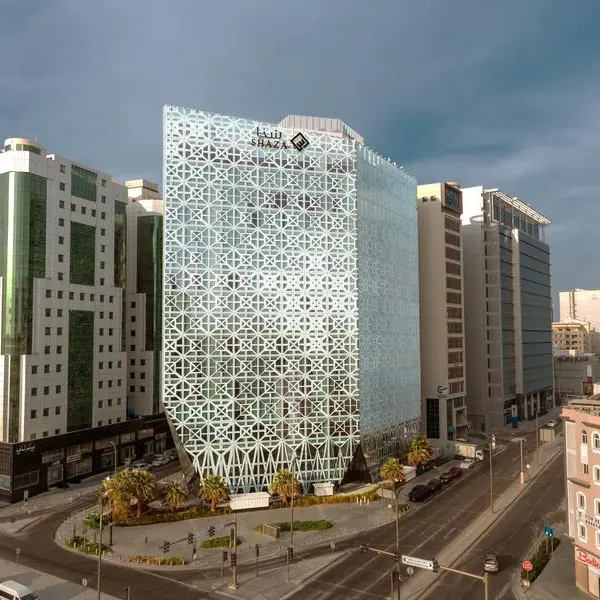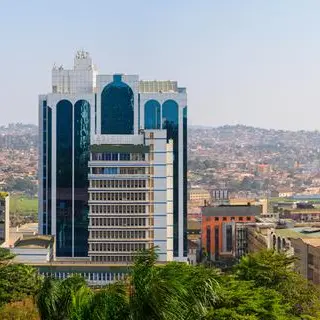PHOTO
Tourism in the GCC has maintained robust growth in 2023, led by the UAE and Saudi Arabia, despite regional tensions impacting Q4 numbers for the wider MENA region.
The outbreak of the Israel–Gaza conflict in October caused a ripple effect in the MENA region, triggering a slowdown in tourism for several neighbouring countries, especially Egypt, Jordan and Lebanon.
Yet the picture has been different for the GCC, with popular destinations such as Dubai, Abu Dhabi, Riyadh and Jeddah maintaining their growth trajectories.
New data released this week by the Dubai Department of Economy and Tourism (DET) indicated a positive industry performance, with tourism sector growth in 2023 outperforming pre-pandemic results across travel and hospitality.
Dubai welcomed a record 13.9 million visitors from January to October, compared to 13.5 million during the corresponding period in 2019.
In the first 10 months of the year, the GCC and MENA regions accounted for 29% of international inbound tourism to Dubai, with Western Europe contributing 19%, and visitors from South Asia totalling 18%.
Average hotel occupancy between January and October this year reached 76%, up from 74% during the same period in 2019. The achievement is particularly notable as Dubai has also recorded increases of 13% and 22% in hotel establishment and room capacity, respectively, since 2019.
According to the latest STR Global Hotel Monitoring Update, Dubai ranked fourth globally in occupancy, after New York and London, and just 0.01% behind Paris.
Demand remained robust through December as Dubai hosted COP28, with the General Civil Aviation Authority of the UAE reporting a 15% increase in air traffic at the country’s airports during the climate summit, which ran from November 30 to December 13.
Elsewhere in the UAE, Abu Dhabi has been pushing ahead with its goal of attracting more than 24 million visitors to the emirate this year by hosting major international events such as the F1 Grand Prix and by signing more travel agreements with to lure visitors from European markets.
Data from the Department of Culture and Tourism - Abu Dhabi (DCT Abu Dhabi) indicates October was a busy month for the emirate, with 79% hotel occupancy and 424,000 guests, indicating a 10% year-on-year increase.
These numbers were achieved following a 339% year-on-year increase from Chinese visitors in October, with the second biggest influx coming from Russia, marking a 43% year-on-year increase.
Saudi Arabia’s tourism sector has also seen robust gains in the first six months of the year, with the total number of tourists reaching 53.6 million in H1 2023, inclusive of overnight visitors for all purposes. This includes 39 million domestic tourists and 14.6 million international visitors.
The total revenue generated from tourism soared to SAR 150 billion, with domestic tourism contributing SAR 63.1 billion and international tourism adding SAR 86.9 billion, marking a new historical peak for Saudi Arabian tourism.
The kingdom remains on track to hit its projected 100 million visitors by the end of the year.
For the broader MENA region, the tourism slump persists. In November, S&P Global Ratings stated that Lebanon, Egypt and Jordan were the most exposed to fluctuations due to their geographic proximity to Israel and the potential for some aspects of the conflict to expand across their borders.
The ratings firm also stated these countries were more vulnerable to a slowdown in tourism, given concerns about security risks and social unrest amid high external vulnerabilities.
Since the war, several tour agencies in Egypt have reported cancellations of around half of the bookings for November and December, particularly from European travellers. Airlines such as Lufthansa, Eurowings, and Swiss Air suspended flights to Lebanon in mid-October.
(Reporting by Bindu Rai; editing by Seban Scaria)





















